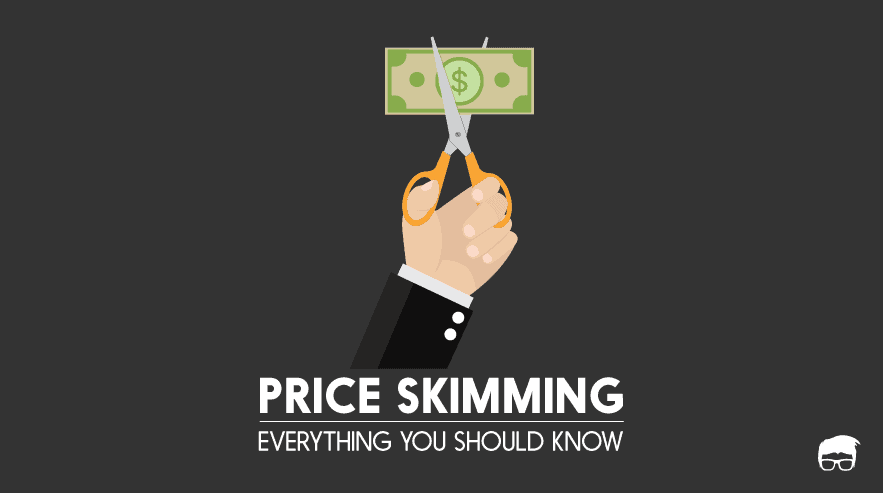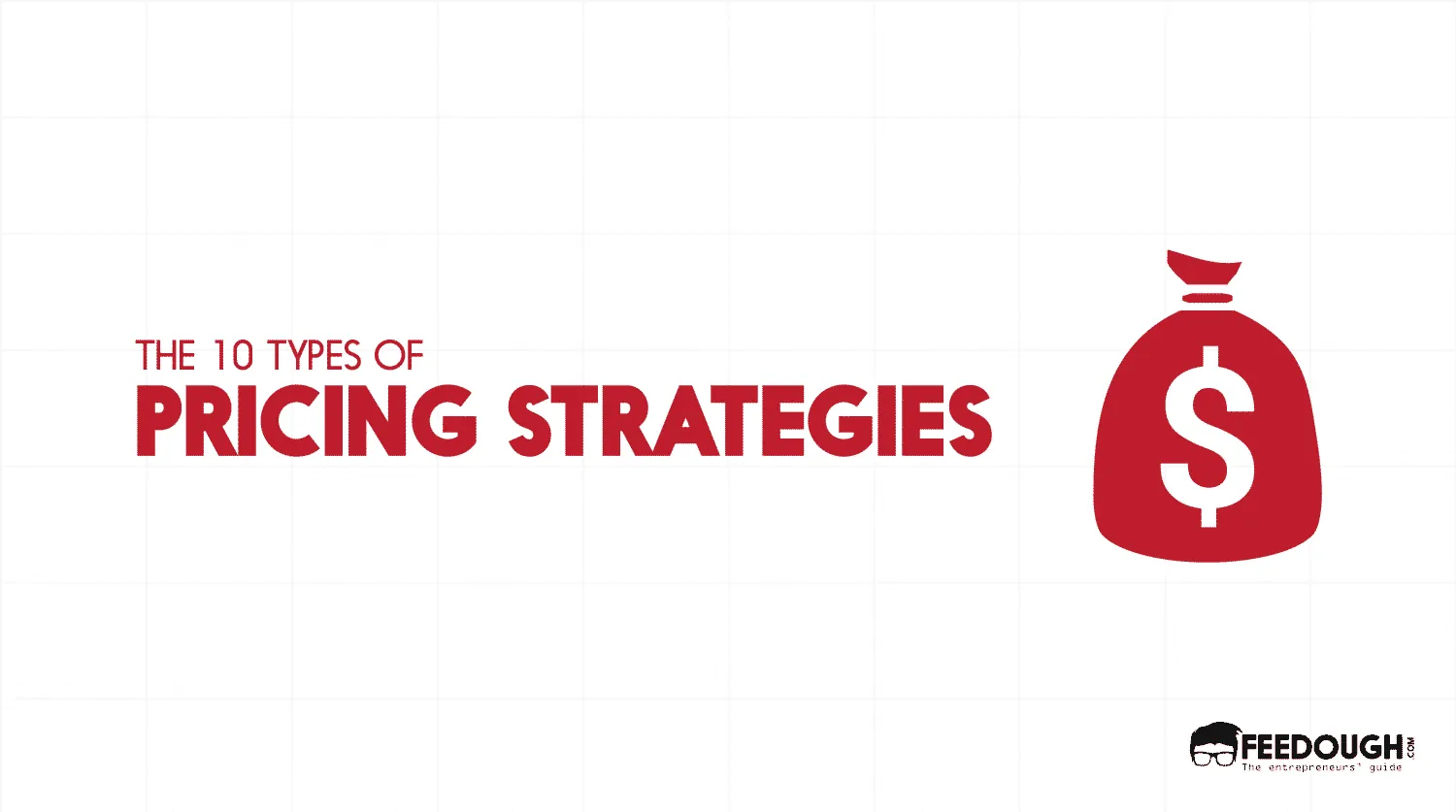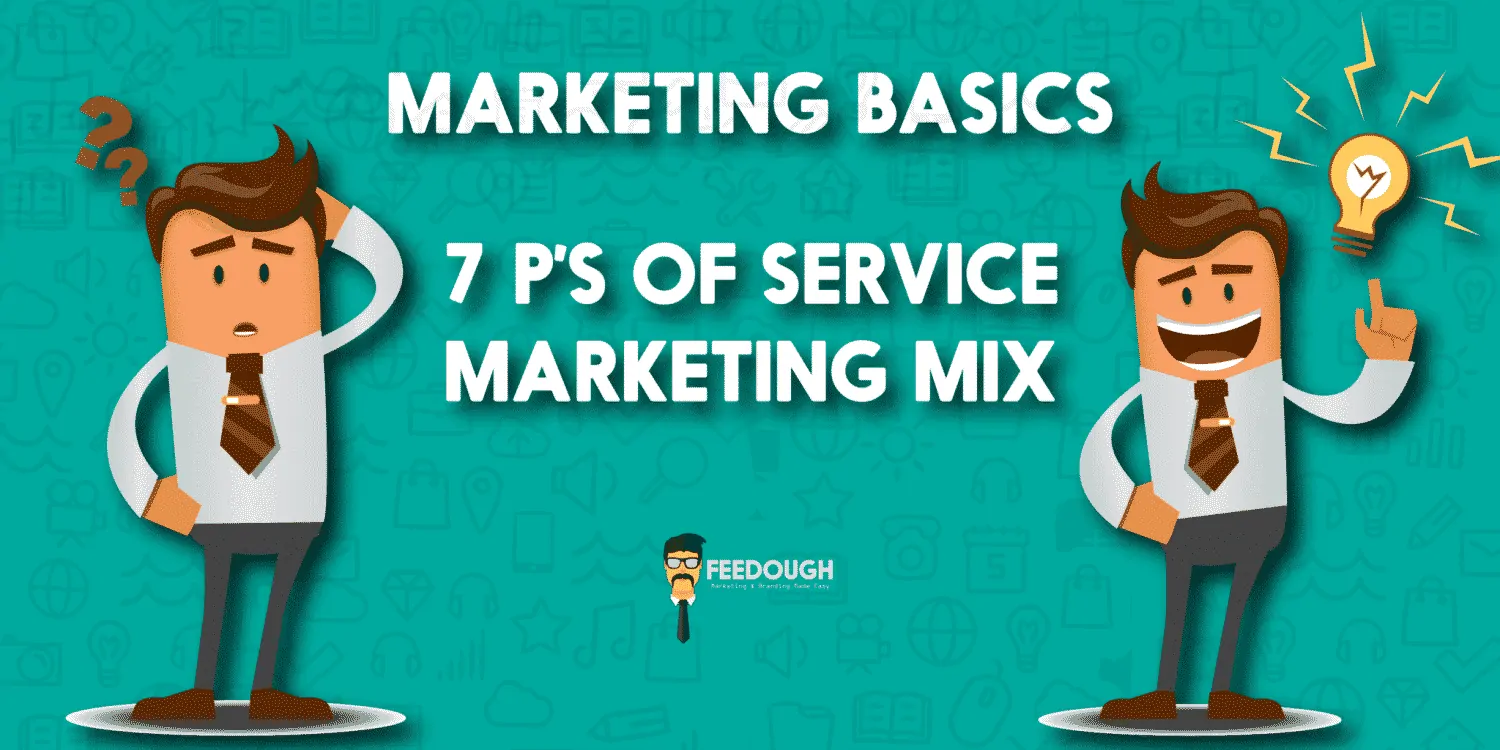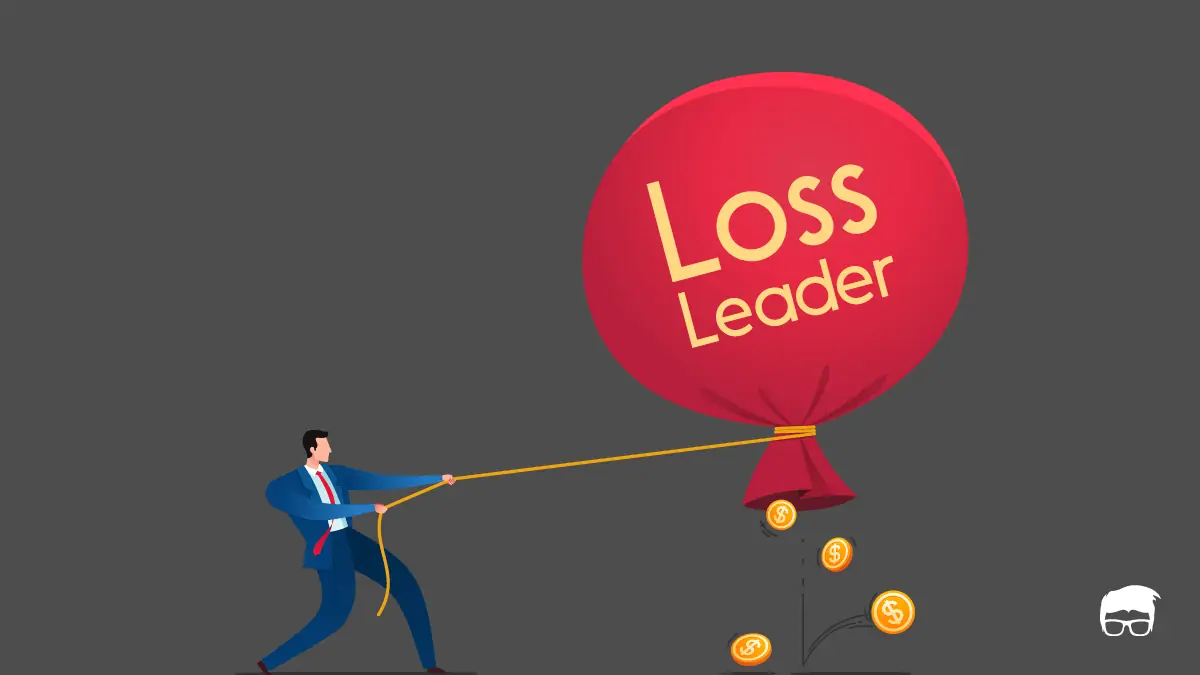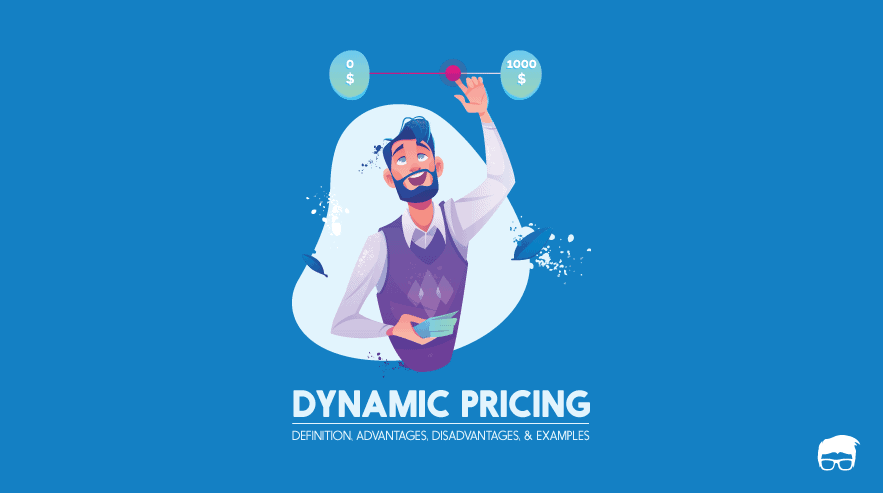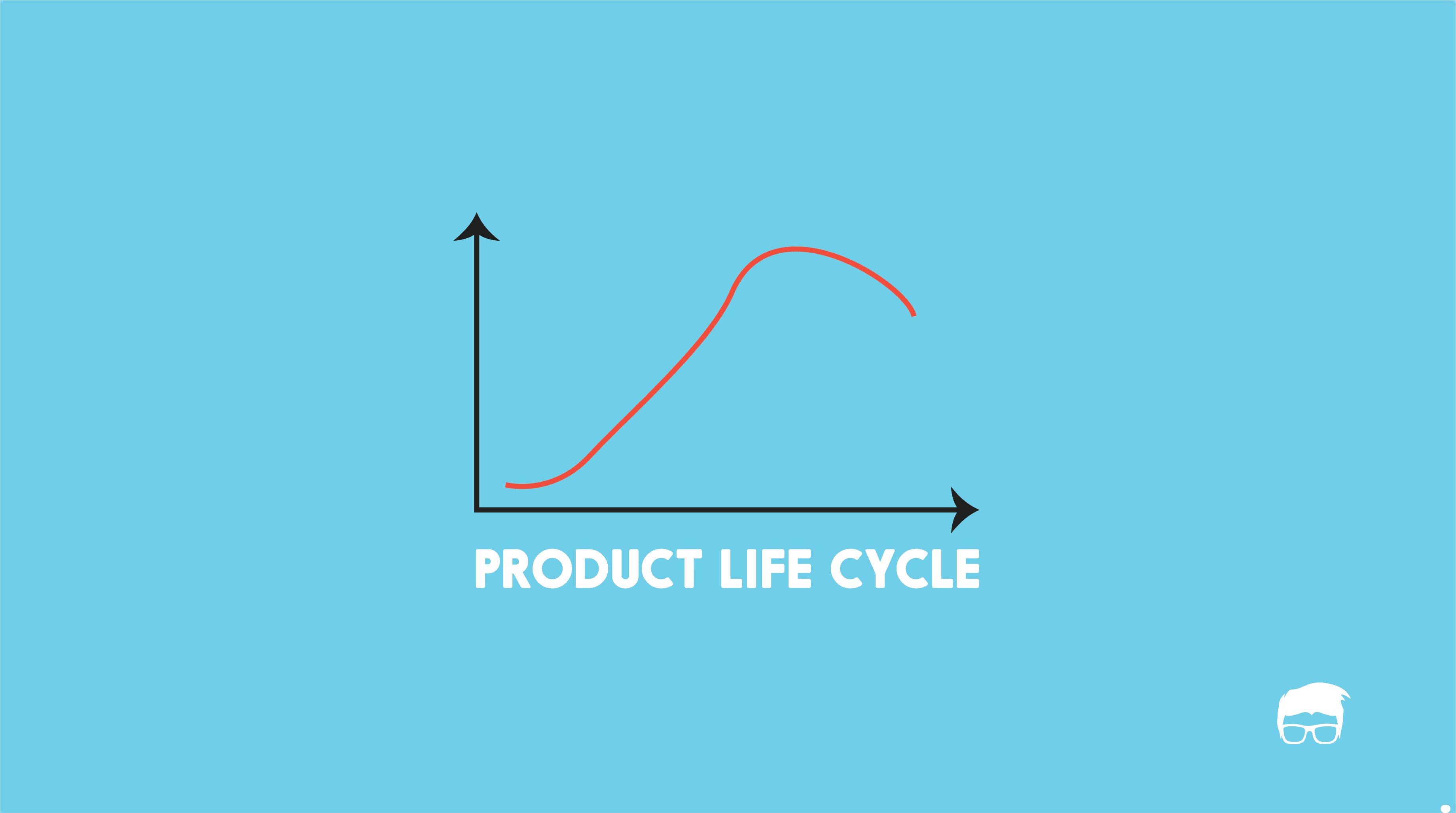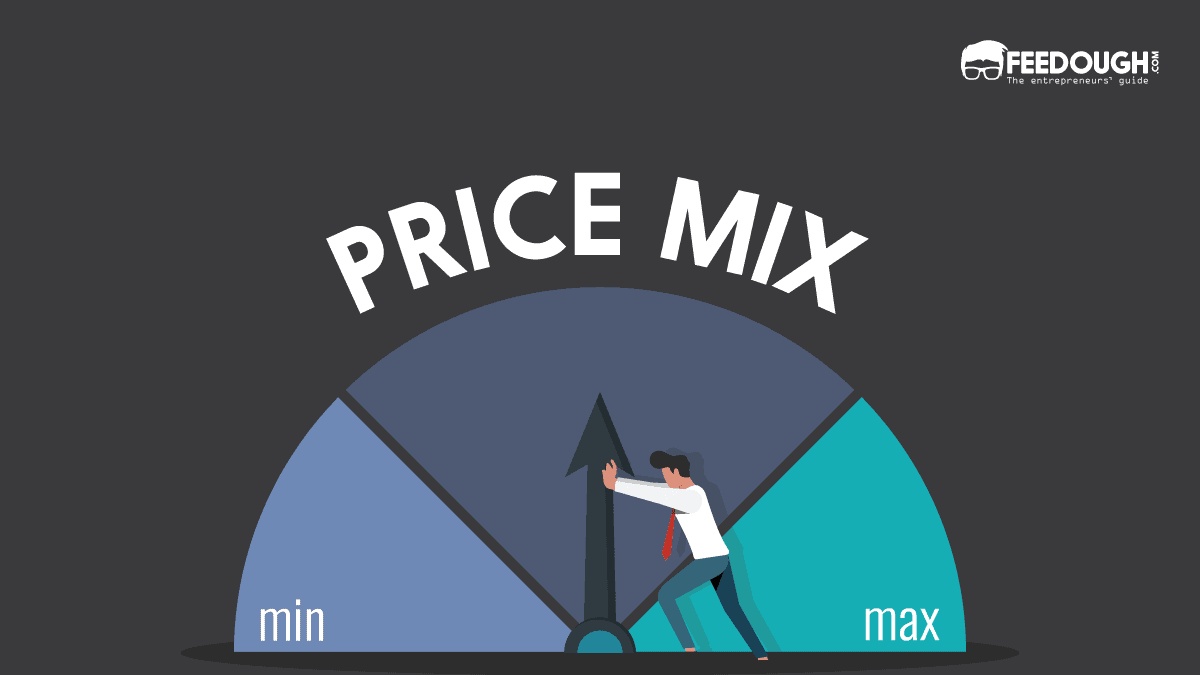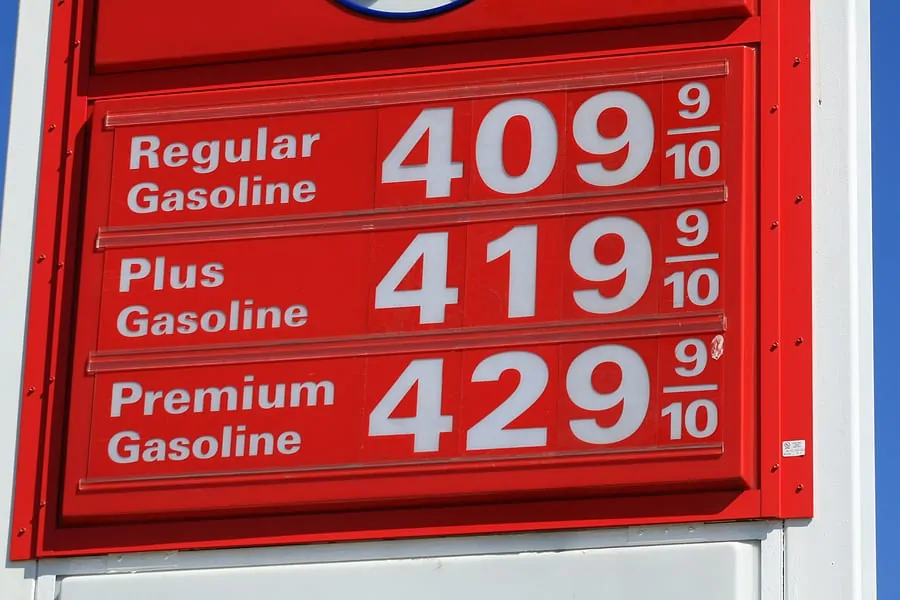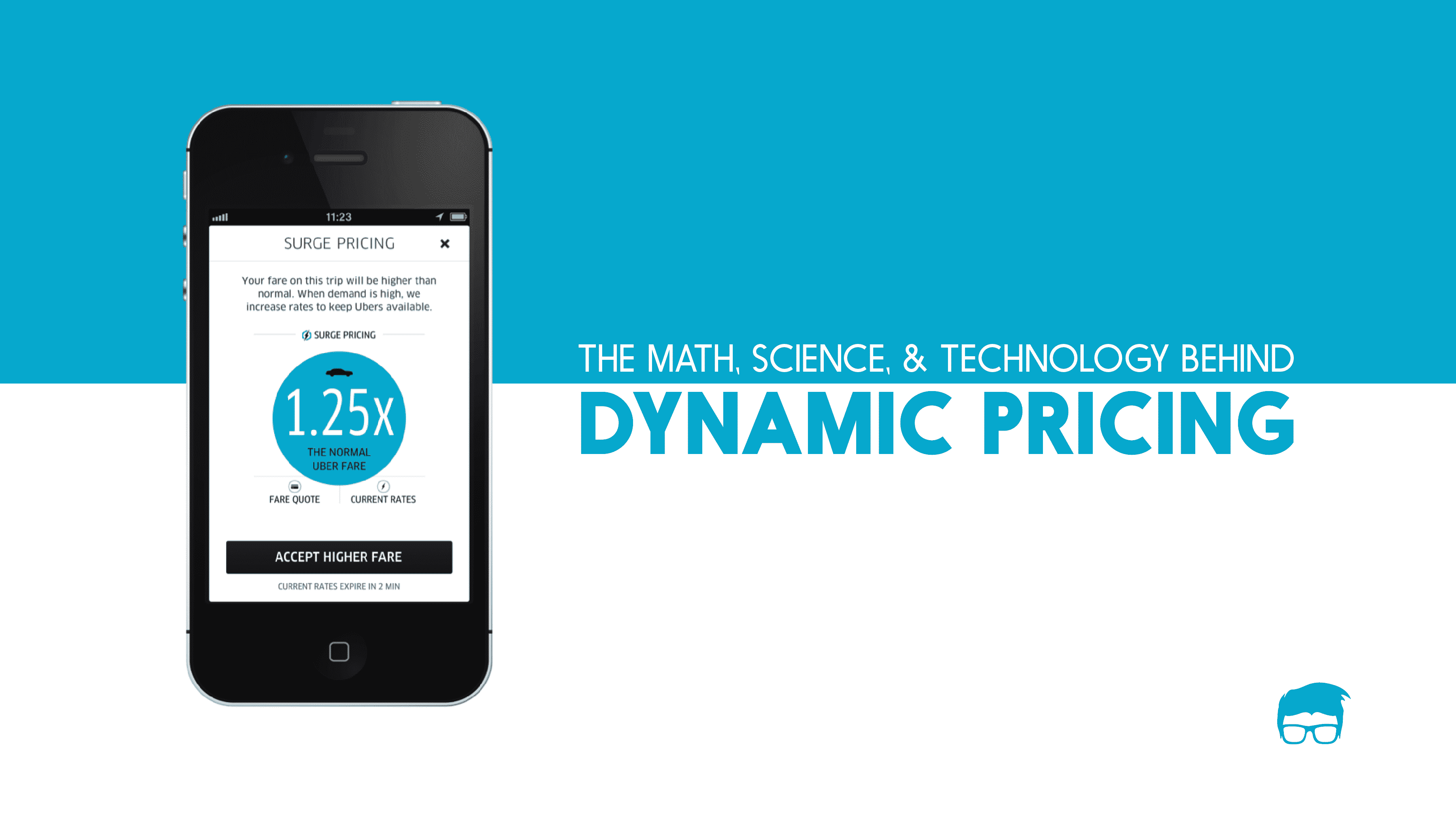Pricing strategies make or break businesses. A product’s pricing reflects what the company aims to achieve, albeit in an indirect way. Pricing affects the way in which the business is perceived.
Among the different pricing strategies, price skimming is quite important and even complements well with other implemented pricing strategies.
So –
What does price skimming mean?
What is Price Skimming?
Price skimming aka skim pricing is a pricing strategy where businesses tend to markup the initial price of the product to a much higher rate and slowly decrease it as time goes on.
In simple terms, the business charges the highest price when the offering is launched and is new in the market, and then reduces the price over time.
Price skimming is used by businesses in case they meet either or all of the following situations –
- The business has a well-established brand and user base
- The product or service is new or revolutionary to the market
- No competitors exist
- The high number of prospective customers for the product
Price skimming suits well for certain industries more than the others. For example, tech companies usually use price skimming. This is because the newly launched products usually have no competition or the brand is well-established in the minds of its users in order to warrant a lot of potential buyers for it.
This raises the question –
How does price skimming work?
How Does Price Skimming Work?
Price skimming works by tapping customers having the “must-have” mindset – can be simply put as the customers who have the purchasing power and eagerness to obtain bleeding edge versions of the products/services as soon as it’s available on the market.
Let’s take an example of a product where price skimming strategy is applied:
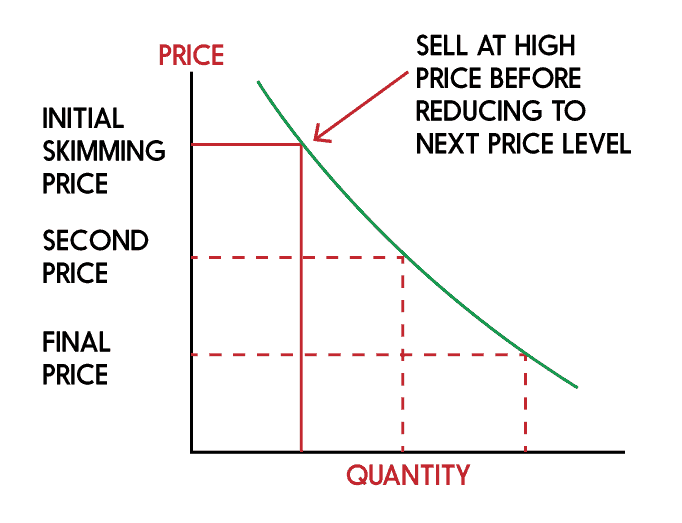
Basically, every pricing strategy “skims” off the top and price skimming just helps in capturing more of the consumer surplus by charging the most they possibly can – pricing their products as high as they can without hurting the brand image and reputation.
Let’s look at a few examples of price skimming to get a better understanding.
Examples of Price Skimming
Apple
Apple’s pricing strategy on its smartphone lineup follows the price skimming strategy to a tee. Apple releases new iPhone models every year and prices of the newer iPhones are quite high, in fact much higher than the rest of the competition. Meanwhile, its previous year’s lineup gets a price cut since they are no longer considered as bleeding-edge pieces of tech.
Apple is able to do this because –
- It is sure that there are potential takers for the newest tech
- Doing so will not hurt its brand image
- It helps establish themselves as more of a luxury brand
Sony
While Sony is well-known for its TVs and smartphones, we can observe price skimming strategy in action on their gaming console lineup. Take Sony’s PlayStation 3 console for example – it was initially launched at a price of $599 since it basically had no competition and was deemed to sell since their previous console, the PlayStation 2, was a huge hit. But while the PS2 was conservatively priced, the company knew that there were lots of potential buyers for the PS3 and hence set a higher initial launch price. The price of the PS3 was then lowered every passing year and eventually reached $299 during the year was discontinued.
Advantages of Price Skimming
Recover Costs Quickly
The higher initial price right from the launch helps recover the amount invested in the research and development of the product/service quite quickly and easily. This also helps in recuperating advertising and marketing costs quickly.
Proper Segmentation
This is a major benefit obtained from the proper implementation of price skimming. By initially setting the price high, the businesses tend to filter out (read: segment) the market into different customer categories – early-adopters, brand loyalists, and regular consumers. This further helps to maintain inventory and also test the waters when venturing into newer markets or introducing newer products/services.
Higher Profit Margins
A product priced at its maximum limit helps in generating higher profits for the company. It helps them make the most out of the certain market segment that is created from pricing highly and then reaching the rest by reducing the price as time passes.
Quicker Real-time Product Testing
The early-adopters and really avid enthusiasts are the two main target customers during the initial launch of a product – since they are the ones who buy the product even at the higher initial price and usually are either well informed or willing to provide feedback to the company. These early-adopters and enthusiasts help a business to gain more insight into the functioning and performance of their products.
Create Buzz & Hype
Higher prices tend to draw news and press coverage, helping get more exposure and advertising for the product/service quite easily. The higher price also helps build a better brand image – if it suits the branding and is implemented properly – among consumers.
Dynamic Pricing
Price skimming helps businesses change the price on their products according to the market situation, brand perception, customer response, product features, and competition. Price skimming helps businesses have better control over the pricing of their products.
Disadvantages of Price Skimming
Mostly Short-term Benefits
While the skim pricing strategy helps in increasing the profit margins of the company, this is only for a short while. It doesn’t last long since the market will gain a few competitors and will be harder to hold onto the high markups on its goods. Also, it leads to loss of sales and user base if the business is unable to justify the higher price in the long run.
Proper Implementation is a Must
Price skimming can only be implemented after thorough research and analysis of the market conditions, customer sentiments and brand-perception. There are a lot of things that could go wrong if done improperly – most of which negatively affect the brand.
Needs Inelastic Product Curve
The skim pricing strategy is most effective when the product follows an inelastic demand curve – a demand curve where the quantity of the product is not majorly affected by the change in prices. In case a product does not follow the inelastic demand curve, it leads to fluctuations in sales where it might cause increased demand when prices are lowered and vice-versa. This makes it harder for businesses to maintain their production and inventory.
Competition Acts as a Hindrance
High competition means that the sales numbers of the product/service are affected upon the lowering or increasing of its prices. Competition causes the goods to follow an elastic demand curve which makes it unsuitable for implementing price skimming.
Bottom-Line?
Price skimming is one of the few pricing strategies that are quite easy to understand and implement; but even easier to get it all wrong. Proper implementation requires a lot of analysis and market research. Even then the price skimming implementation must be subtle or else there are high chances of the strategy backfiring.
It is safe to say that the skim pricing strategy does not work in many sectors and industries. B2B and contract-based are examples of sectors the use of price skimming strategy does not bring any benefit to both the business as well as the consumer. The technology, automobile, and clothing sectors are industries where the price skimming strategy works really well.
Go On, Tell Us What You Think!
Did we miss something? Come on! Tell us what you think about our article on Price Skimming in the comments section.

Started out to become a developer but felt at home in the home of startups. The journey started from a single novel. Been an entrepreneur since schooling days. Interested in coding, reading and movies.
